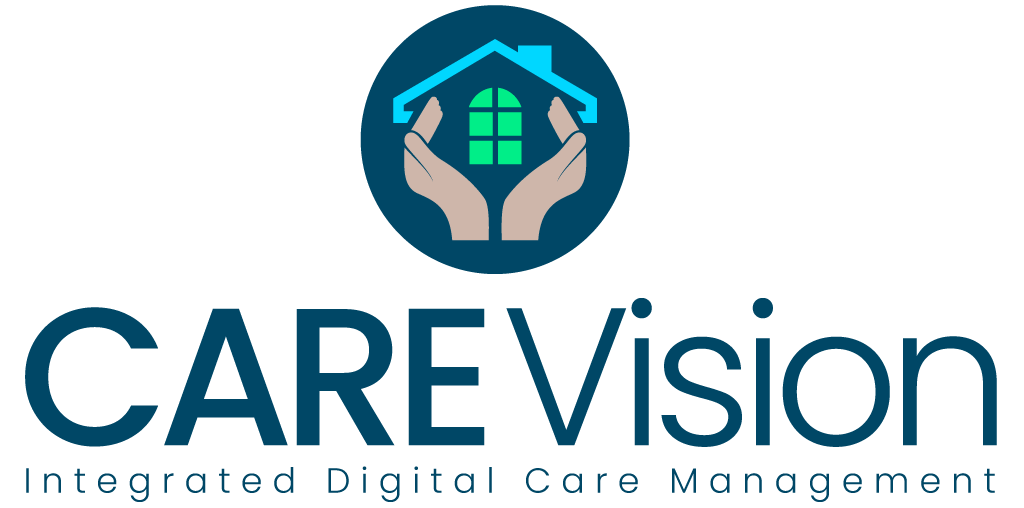Keeping full track of your residents’ health and wellbeing is not an easy job. There are many different aspects that are needed to build a comprehensive picture, from weight management and nutritional intake to emotional changes and behaviour. In the pre-digital days, these tasks were onerous and time consuming – and that was before having to cross-check them all to help spot patterns and monitor trends.
Thankfully, this vital part of residents’ care can be fully transferred to Care Vision’s care management software for easier, faster and more joined-up results. The system contains a number of intuitive resident monitoring and observation tools that can be used to ensure their wellbeing and safety. Results are stored online for instant retrieval, more effective reporting and easier sharing for those who need to see them.
Here are six useful observation tools that are available as part of the Care Vision software. Each one can be used in isolation or as part of wider care plans to ensure that patterns can be established and anomalies spotted right away.
ABC chart
ABC stands for ‘antecedent’, ‘behaviour’ and ‘consequence’. The ABC chart helps carers track residents’ behaviour, with details around what caused anything notable to happen and what occurred afterwards as a result. This type of information is important, not just for keeping track of individual changes in behaviour, but also to identify common triggers in order to try and avoid similar situations escalating in the future. Carers can select pre-programmed behaviour types or write their own entries for full customisation.
Body map
Body maps help residents tell carers which areas of their body hurt or are affected by an illness, injury or medical condition. This is especially useful when people are non-verbal or have other difficulties with communication. Carers can add notes for each body part for additional recording purposes and use the tool to track improvements and deteriorations as they occur. Real-time updates allow all staff involved in the person’s care to receive and act on any new information straight away.
Post-fall observation
Often, residents are at their most vulnerable after they have experienced a fall. Falling can cause serious injuries and lead to a loss of confidence. Care Vision’s post-falls observation tool helps carers monitor people in the immediate aftermath of a fall, and for the days and weeks that follow. The tool can record the reason for the fall, any symptoms that appear as a result, the individual risk factors that led to the incident and details of any treatments given.
NEWS2 chart
NEWS 2 charts are used widely across the care sector to help staff track clinical decline in their residents and patients. Care Vision has converted this essential tool into a digital format, allowing carers to use it alongside other key monitoring and observation tools. The NEWS 2 chart tracks clinical decline from an early stage to help staff provide faster interventions and monitor progress. The tool works by carers entering details of six key vital signs and any supporting details. The software then generates a score that can be used to assess the person’s state of health and inform next steps.
Fluid and nutrition monitoring
These functions help carers to ensure that residents are eating and drinking the right amounts – and things – to remain healthy and hydrated. Staff can enter drink types and amounts on the fluid monitoring observation tool to keep track of what each person has been offered to drink – and how much they have actually consumed. The nutrition section tracks snacks and meals offered and eaten, as well as the nutritional value of foods consumed, any changes in appetite and individual food preferences and choices. All vital information to help residents stay healthy and inform meal planning in the future.
Weight loss monitoring
Closely linked to nutrition monitoring is Care Vision’s weight loss observation feature. This helps carers spot worrying trends in residents’ weight and act as quickly as possible to rectify them. Unexplained weight loss or gain can be symptoms of other physical symptoms or changes to mental or emotional wellbeing, so this type of data is essential to safeguard people’s wellbeing. The tool uses BMI (body mass index) and MUST (malnutrition universal screening tool) scores to assess whether a resident is underweight, overweight or at an optimum level for their height, age, gender and medical condition.





